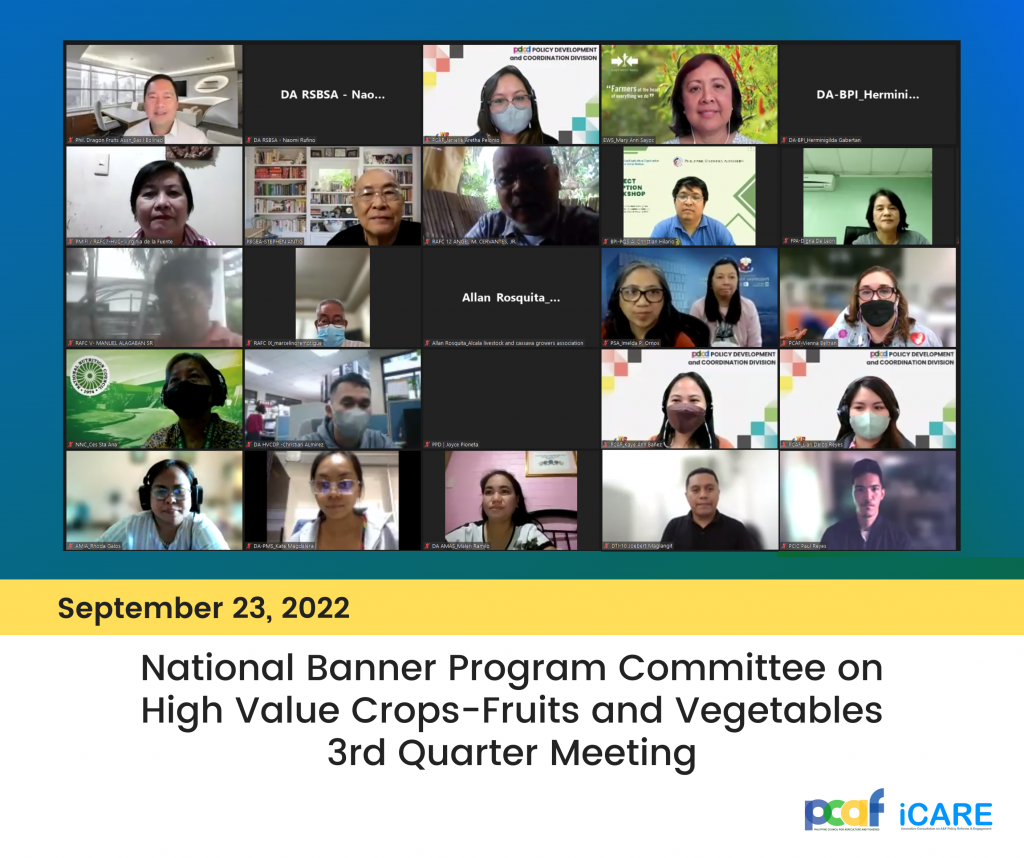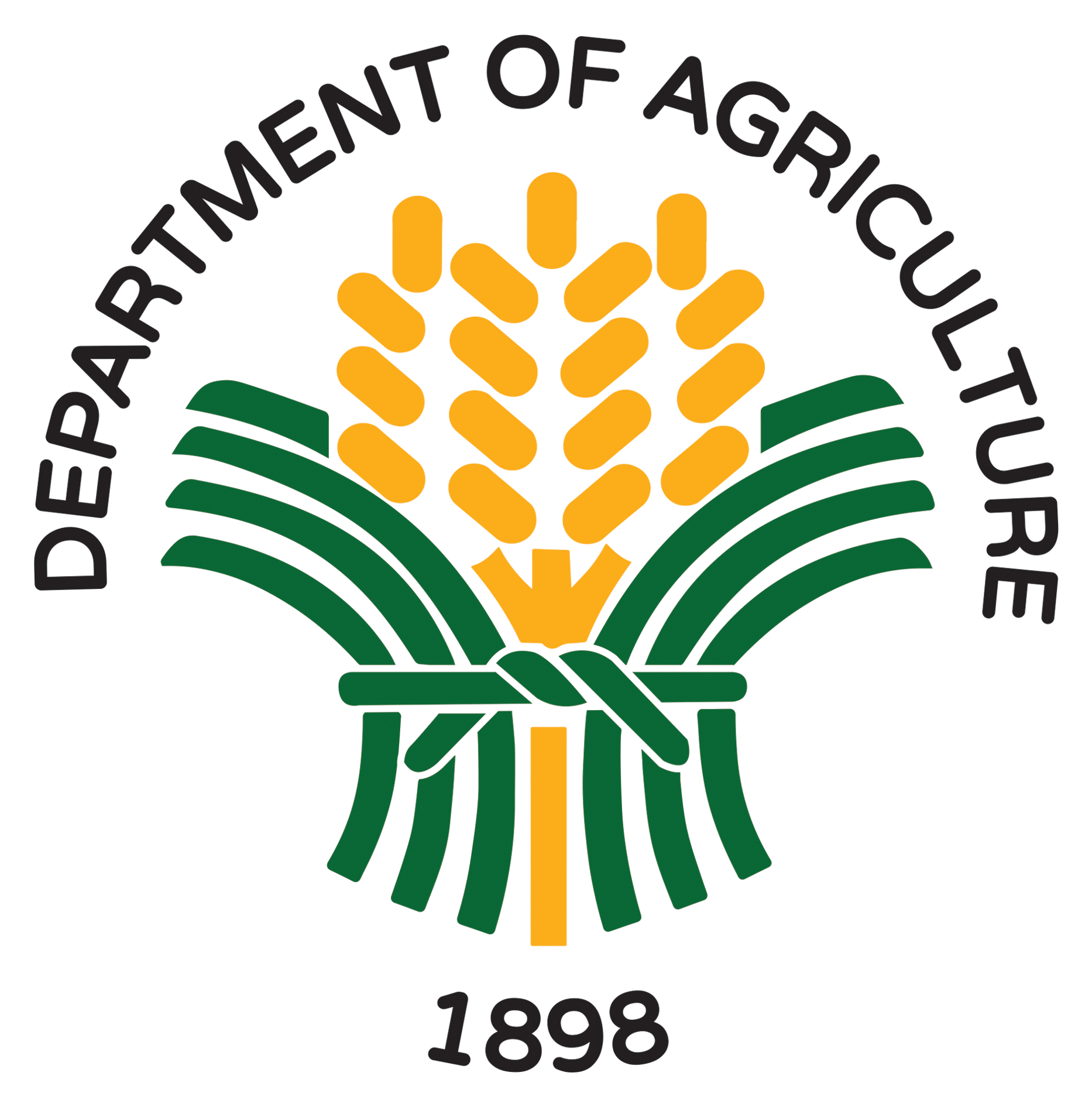
“Over the years, Filipinos’ intake of fruits and vegetables has declined. Based on the Expanded National Nutrition Survey conducted in 2018 to 2019, the per capita consumption was less than the 400-grams per day recommendation of the World Health Organization (WHO),” said Director Imelda Angeles-Agdeppa of the Food and Nutrition Research Institute (FNRI).
In the third quarter meeting of the National Banner Program Committee on High Value Crops-Fruits and Vegetables (NBPC on HVC-FV) on September 23, 2022, Dr. Agdeppa discussed in detail the nutrition situation in the country.
“Twenty-six percent of adolescents, aged 10 to 19 years old, are stunted (low height-for-age) while school age children and those under five years old also suffer from other types of malnutrition like underweight, wasting, and obesity or overweight-for height,” she elaborated.
Dr. Agdeppa added that there is an increasing trend in the prevalence of high fasting blood sugar among adults aged 20 years old and above, which indicates a higher risk of diabetes.
As a reminder, she discussed the “Pinggang Pinoy” healthy diet, which requires the consumption of at least 400 grams or five portions of fruits and vegetables daily.
Dr. Agdeppa also presented the results of the Rapid Nutrition Assessment Survey (RNAS), conducted last November 3 to December 3, 2020.
The RNAS provides an outline of the food security situation and nutrition perceptions in selected areas with high, medium, and low risk of COVID-19. This aims to help policymakers in enhancing program implementation through more targeted approaches.
According to the survey, around 3,550 or 62.1% out of 5,717 households experienced moderate to severe food insecurity since the community quarantine started last March 2020.
In relation to this, 56.3% of the households reported having problems in accessing food during the community quarantine period due to: a) lack of money to buy food; b) limited public transportation; c) no money due to loss of job; d) limited food stores in the area; and e) elderly (no other family members to assist in buying food).
The major issues determined during the COVID-19 Pandemic, through the RNAS, were: a) food insecurity due to physical and economic inaccessibility to food; b) limited access to health and nutrition programs for children and pregnant women; and c) low assistance on food production. If these matters are left unsolved, FNRI anticipates a higher incidence of nutrient deficiency in the country.
As a response, the Committee decided to invite the Department of Health Assistant Secretary and National Nutrition Council Executive Director Azucena Dayanghirang in the next meeting to know more about the programs and projects being implemented for the improvement of the country’s nutritional status.
On the other hand, the NBPC on HVC-FV also discussed updates on the Registry System for Basic Sectors in Agriculture and the onion and garlic supply monitoring.
Moreover, the Committee passed a policy resolution, recommending to the Department of Transportation to undertake measures in monitoring the strict implementation of Department Order No. 2020-007, also known as the “Directive for all domestic shipping lines to provide cargo space allocation for agricultural and food products and providing for preferential cargo rates therefore”. | JCL











